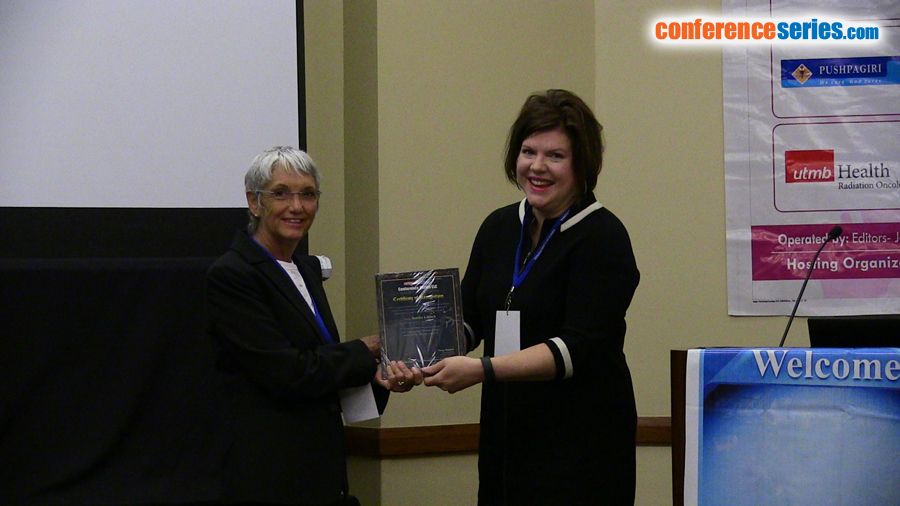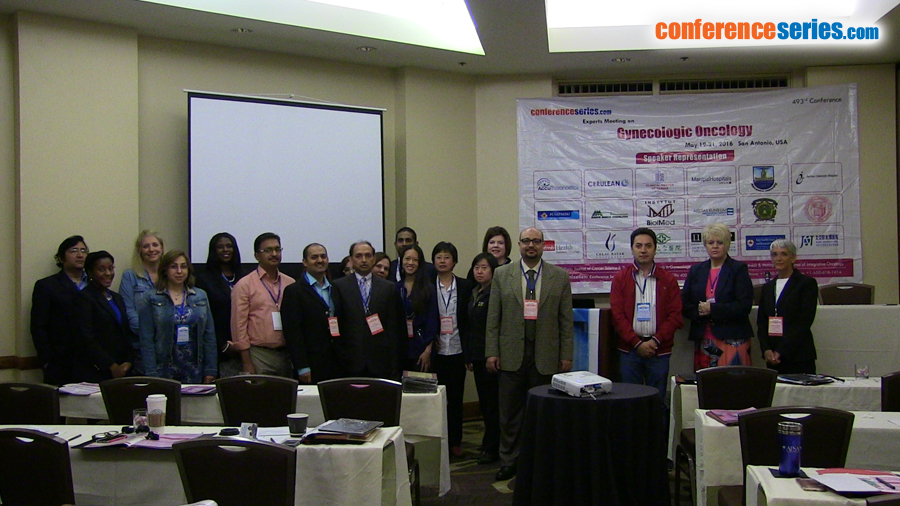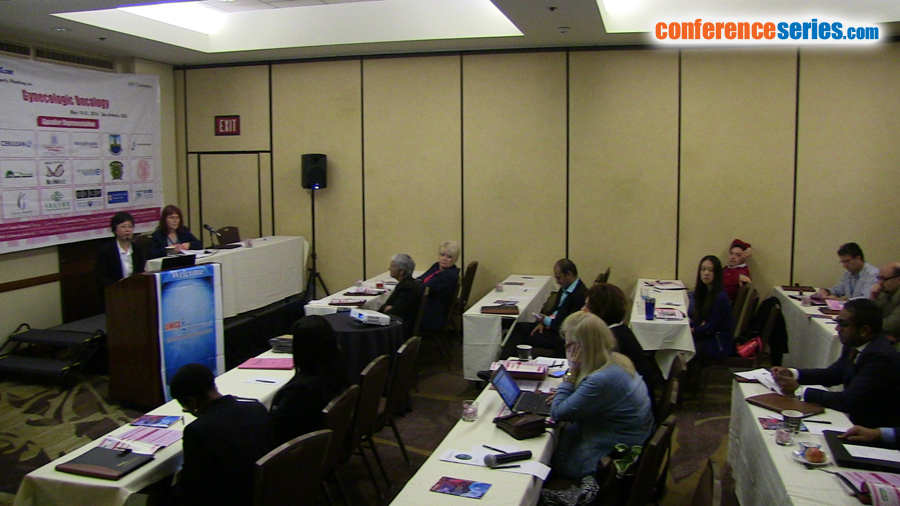
Sandra S. Hatch
The University of Texas Medical Branch, USA
Title: Neuroendocrine carcinoma of the gynecologic tract: Presentation, prognosis and treatment response
Biography
Biography: Sandra S. Hatch
Abstract
Purpose: Neuroendocrine carcinoma is a rare malignancy of the cervix and uterus representing a therapeutic challenge due to heterogeneity of cell type and lack of consensus standardized treatment. The purpose of this study is to use the SEER database to evaluate the presentation, prognosis, treatment patterns and survival.rnMethods: Subtypes included: small cell (SC), large cell (LC) and carcinoid (CD). Inclusion criteria were known record of staging and treatment history of radiation (RT) and/or surgery. Kaplan-Meier and Cox regression analyses were utilized to evaluate overall survival (OS) and specific survival (SS) analysis. Patients diagnosed 2004-2012; staging with TNM AJCC 6th edition to derive FIGO staging or SEER summary staging.rnResults: 147 uterus: 60 (41%) SC, 19 (13%) LC, 68 (46%) CD. Median follow up 40 months. FIGO stage was not available for 74 (50%); SEER summary stage utilized: local 22 (15%), regional 56 (39%), distant 65 (45%). 2 year SS: 67% (local), 57% (regional), 27% (distant). Surgery only 65 (44%), radiation only 14 (10%), surgery and radiation 27 (18%) and neither 41 (28%). NSD of OS (9m) between histologies. 20 with local group stage, addition of radiation to surgery with trend for increased 3-year SS (88 vs 62%, p=0.17). 11 receiving adjuvant radiation, brachytherapy only cases had non-statistically better 3-year OS (100 vs 67%, p=0.30) and SS (100 vs 83%, p=0.56). 56 patients with regional disease, addition of radiation to surgery increased 3-year OS (71 vs 33%, p=0.01) although NSD for SS (71 vs 46%, p=0.18). 311 cervix. Median follow up 14 months; 194 SC, 28 LC & 89 CD. Staging 45% N0M0, 24% N1M0 and 31% M1. Probability of LN+ by T stage: T1 (18%), T2 (35%), T3 (29%), T4 (16%); probability of DM: T1 (16%), T2 (36%), T3 (51%), T4 (63%). CD greater LN- compared to SC (64 vs 49% respectively, p=0.02), LC trended higher metastases compared to SC & CD (46 vs 30 vs 29%, respectively, p=0.09 & 0.08). FIGO Stage I treated surgery alone better OS (3-year: 74 vs. 43%, p=0.003) similar SS (78 vs 64%, p=0.52) to treated with radiation alone. FIGO Stage I CD more with surgery alone than SC (60 vs 30%); less definitive (6 vs 25%) or adjuvant (28 vs 39%) radiation (p=0.001 for all). SC had superior OS with surgery alone over RT alone (p<0.001); CD had similar survival with surgery or RT. FIGO Stage III LC more frequently managed with surgery alone than SC (50 vs 4%, p=0.02) and less likely to receive definitive radiation (0 vs 75%, p=0.03). FIGO Stage IVB LC less likely to receive radiation alone than SC (8 vs 52%, p=0.003). Cox multivariate analysis showed improved OS & SS with brachytherapy boost to external beam (HR=0.54, p<0.03 for both) among stage and age related prognostic factors, while histology was not significant.rnConclusion: Noting potential for selection bias in this retrospective cohort, as well as chemotherapy not available, future combined modality approach is required to enhance the management of neuroendocrine carcinoma of the uterus and the cervix. rn
Speaker Presentations
Speaker PPTs Click Here




